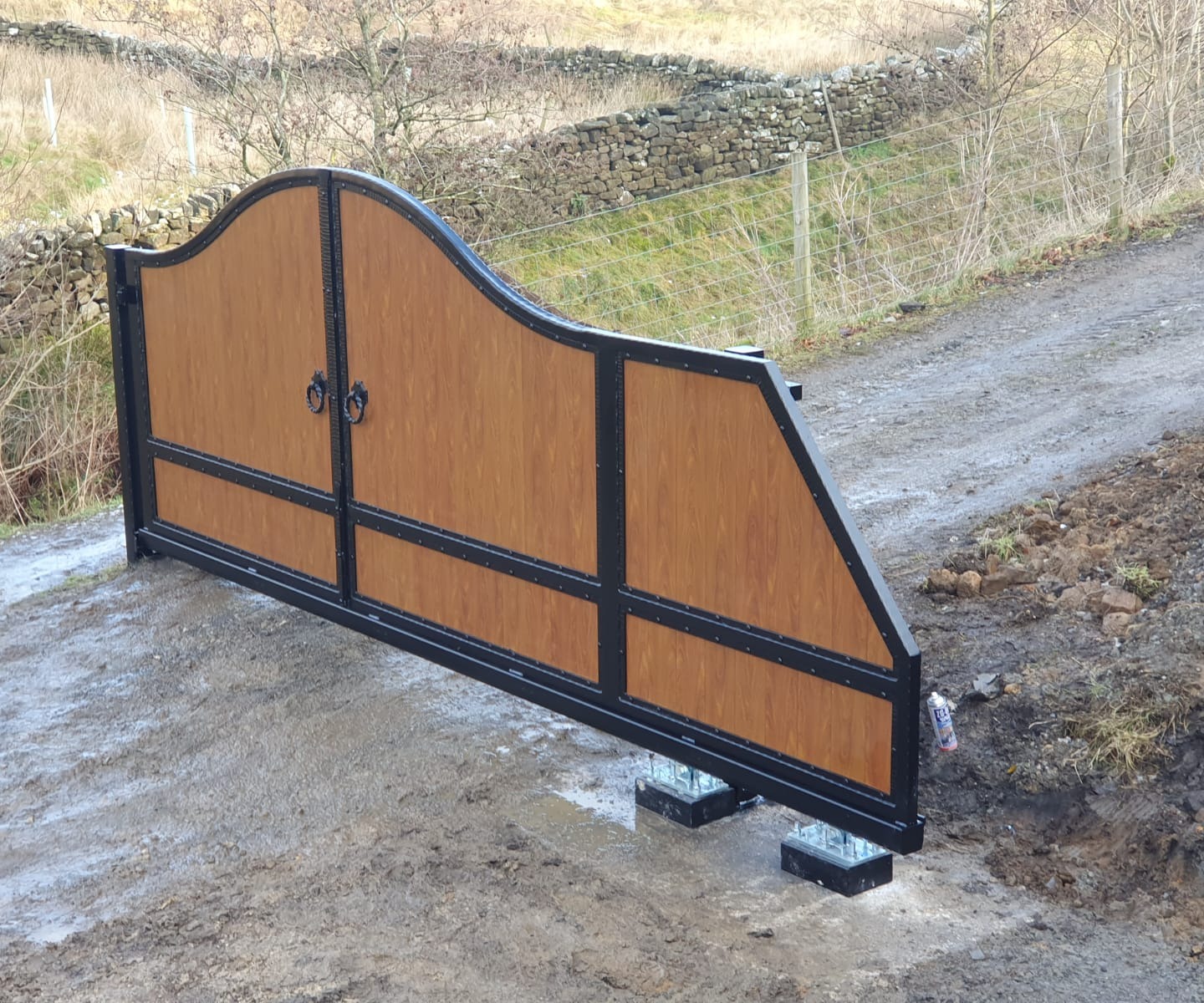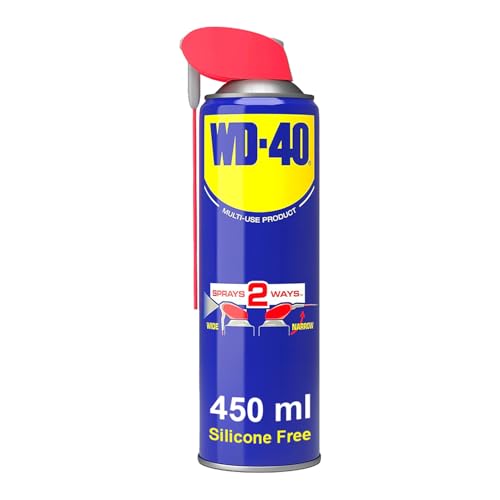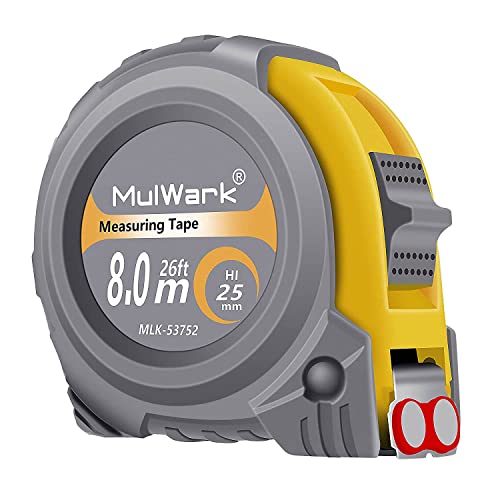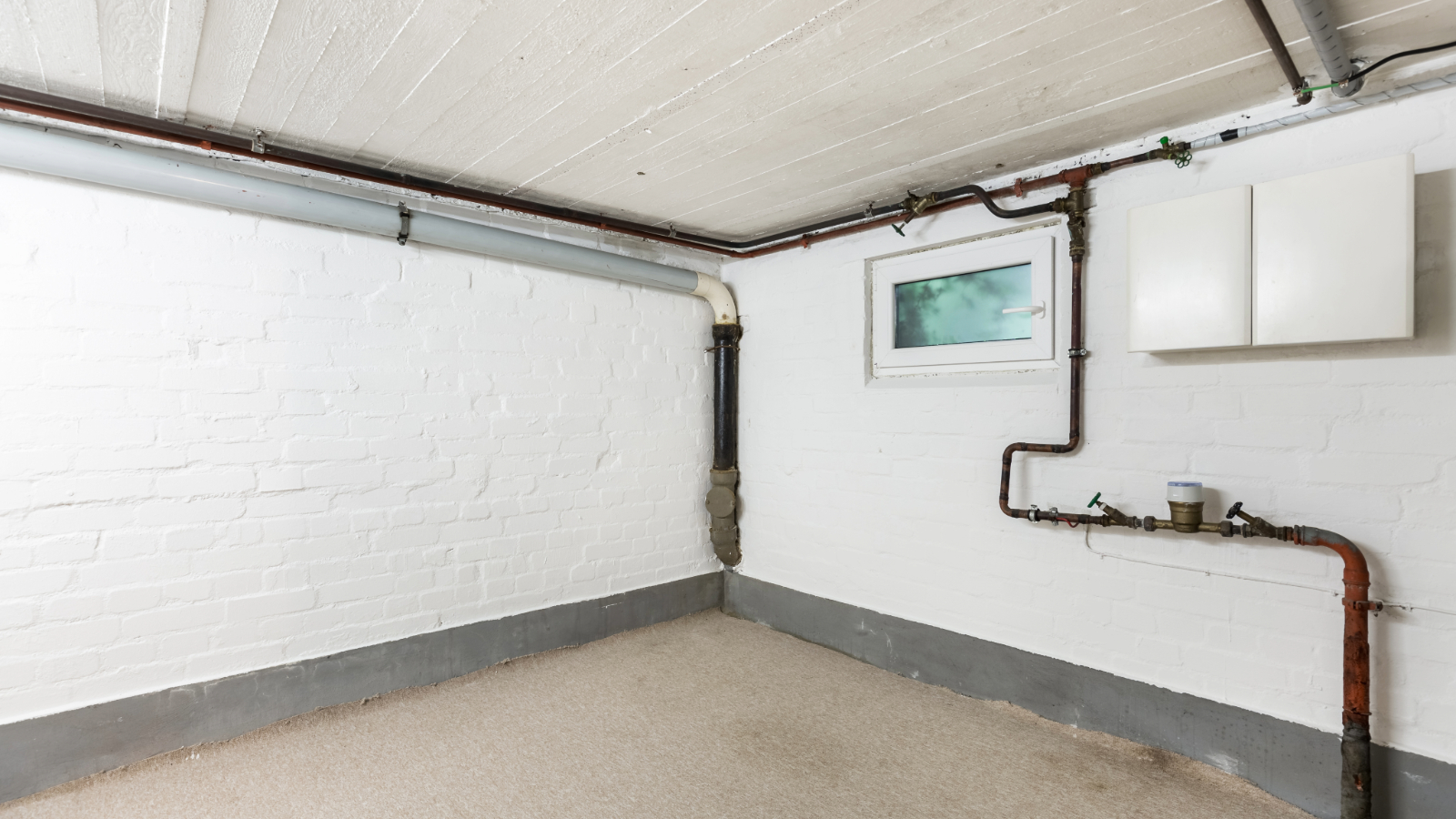
An electric driveway gate is your welcome home – and a visitor’s introduction to the property. When properly installed it will make the entrance secure, opening conveniently whenever access is required.
Much like driveway ideas, gates are more varied than you might imagine. To help you understand the different opening mechanisms, materials and electronic components you’ll have to choose between, we interviewed a gate installer, a home automation systems provider and a property expert.
Read on for their expert guidance, including tips on planning permission and a walkthrough of the electric driveway gate installation process.

Luke Stone is Sales Manager at North Valley Forge, a leading provider of wrought iron electric driveway gates. Based in Nelson and trading nationwide, the company makes a wide variety of gates and is renowned for its elaborate ironwork.
Choosing the right electric driveway gate opening mechanism
Almost all electric driveway gates have either a sliding mechanism or a swing design. In other words, they slide open or they swing open.
Luke Stone, sales manager at North Valley Forge, divides sliding driveway gates into two main sub-categories: traditional and cantilever.
“Sliding gates save on space and are the better option for small driveways, because they don’t require the opening radius that’s needed for swing gates, which open inwards and take up space,” he says.
“There are two ways of installing sliding driveway gates. Traditionally, you’d use a track with wheels – but in order to do that, the driveway has to be perfectly level, which doesn’t work if it is on a hill.”
Bring your dream home to life with expert advice, how to guides and design inspiration. Sign up for our newsletter and get two free tickets to a Homebuilding & Renovating Show near you.
According to Stone, the best solution for uneven terrain is to use a cantilever sliding gate, based on an excavated and filled concrete track.
“The wheels are bolted to the concrete pad, and the gate basically floats across the drive,” he says.
“One thing to bear in mind is that a cantilever sliding gate has to be one third wider than the driveway to allow for the additional cantilever section, so a three-metre opening would need a four-metre gate.
He adds that sliding gates tend to be more expensive than swing gates, as they require more groundwork.
While sliding gates are space-efficient, swing gates remain a popular choice despite the opening radius required.
“A lot of people prefer the look, although we can make sliding gates look like swing gates,” says Stone.
“There’s more of a grand feel that sets the tone for the property when a set of swing gates opens.”

Electric driveway gate materials
Another way of categorising electric driveway gates is by material. Your choice will affect the long-term functionality of the gate, as well as its appearance.
Premium metal gates tend to be a good choice for longevity, as Stone explains:
“Everything we do is fabricated from mild steel by hand. We hot-dip galvanise the steel, which forms a rust-proof coating, especially on intricate details such as scrollwork. Even in rainy locations, you can get 70-odd years out of this type of gate.
“After galvanising we powder coat, which can give up to 40 years before dulling and wear.”
Many driveway gates are made with an ‘in-fill’, which is a less robust material that fills the gaps between bars, improving privacy.
“We’d recommend choosing an in-fill wood such as fraké, which is a thermally treated African hardwood that’s not prone to moving or rotting, as is the case with other woods like oak,” says Stone.
To save on cost, you could choose a less specialised in-fill material such as composite instead.
Driveway gates also vary in style, with a wide range of profiles to suit different tastes. Choosing between classic, contemporary and country-style gates is largely a matter of preference.

Tyron Cosway is a Branch Manager for Loxone UK, a specialist provider of home automation technologies, including smart gate access and intercom systems.
Things to consider before you install an electric driveway gate
The clue’s in the name: one of the key factors to consider before installing an electric driveway gate is how the electronic components will be powered.
“We’d always ask for a dedicated 10-amp electricity supply through a rotary isolator, by the gateway,” says Stone.
“We can plug into the isolator and then connect electronic components like motors or intercoms to wherever they need to go.”
Stone advises against powering any other electronic devices or systems using the same supply as your electric gates.
“It can lead to problems – for instance, if you have driveway lights on the same supply, when one of the bulbs goes the gates can stop working,” he says.
Also consider which automated tech you’d like to incorporate into your driveway gates. Some examples are highly sophisticated, while other households keep things simple with just a motorised opening mechanism.
“Some of the most up-to-date popular features include secure, keyless entry using NFC tags or PIN codes, HD video calls through the intercom, and full remote access and control via app,” says Tyron Cosway, Branch Manager at home automation specialist, Loxone UK.
“In Loxone’s case, the system supports smart automations such as timed access for guests, geofenced opening, or delivery acceptance from anywhere.
“Equipping your gate with motion-activated lights can improve both safety and curb appeal,” he adds.


Clive Holland is the former host of Cowboy Trap on the BBC. Now a broadcaster on Fix Radio, the UK’s only national radio station for builders and tradespeople, Holland is one of the UK’s leading property and DIY experts.
The electric driveway gate installation process: step-by-step
1. Planning and commissioning
First, you’ll need to choose the type and specifications of your electric driveway gate, and decide which electronic features (such as an intercom or lighting) will be incorporated into the design.
You can then shop online or contact an installer to identify the best provider to supply the gate. From this point, the process will vary greatly depending on whether you buy an ‘off-the-shelf’ gate or have one made bespoke.
Either way, now would be a good time to make contact with the installer who will ultimately fit the gate.
“I’d advise hiring a professional tradesperson who is affiliated with recognised trade organisations such as Gate Safe or the Door & Hardware Federation (DHF),” says Clive Holland, a home improvement expert and Fix Radio presenter.
“Membership of these bodies should ensure the installer adheres to stringent safety protocols and is up to date with the latest regulatory requirements, so you can have peace of mind,” he says.
Note that in some cases, planning permission is required for replacing or installing an electric driveway gate. We’ll provide further detail in the FAQs below.
2. Site survey (or DIY assessment)
“After a customer contacts us about a gate installation, we’ll have an initial discussion about requirements,” says Stone.
“We’d usually go out and see them to understand their needs in terms of design, automation requirements, intercom, additional railings, and so on.
“A survey is carried out to assess the job in full, and then we quote the job for the customer,” he says.
“Full CAD drawings are provided, and when the customer approves the gates can go into manufacture.”
If you’re buying an ‘off-the-shelf’ gate, you may need to do some of this work for yourself (depending on your chosen provider). This will involve measuring the width of the driveway (and around it, if installing a cantilever sliding gate), and assessing the levelness of the driveway.
3. Groundwork
Some groundwork is usually required in order to prepare the driveway and surrounding area for a gate to be installed.
“We call it a first fix, where we do groundwork such as putting posts in the floor,” says Stone.
In some cases, extensive groundwork is required in order to level the ground where a driveway gate will be situated. For this reason, you would ideally have your driveway gate installed before the driveway is laid.
4. Gate installation
It’s generally advised to have your electric driveway gate installed by a professional installer, as the process requires considerable skill and precision.
The installer secures the gate to its posts (and the track, if it has a sliding mechanism), then attaches the gates so that they will open and close securely and precisely.
5. Electrical installation
Finally, a professional electrician will need to set up electrical components of the gate, including the motor and other features such as an intercom or lighting (if present).
“In our case, the electrician comes the day after the gate is installed to make all of the required connections,” says Stone.
When electrical work is completed, the gate can be labelled by the electrician with a UKCA mark, which confirms the gates are safe and operational according to current standards.
Take the time to thoroughly test the gate’s operability before signing off with the contractors.
These products will help you maintain your electric driveway gate
FAQs
Do electric driveway gates require routine maintenance (and can you do it yourself)?
Like any home or garden feature, electric driveway gates require maintenance in order to keep working perfectly. The exact maintenance needs will depend on their materials and design.
“Routine cleaning is recommended to preserve the gates’ finish and appearance,” says Holland.
“Materials such as timber require periodic sealing or repainting to protect against environmental damage, while metal gates benefit from rust prevention treatments. A consistent maintenance schedule will ensure your electric gates remain both functional and visually appealing over time.”
While aesthetic upkeep can become a household chore, some gate maintenance tasks are typically carried out by professionals.
“We offer servicing packages and recommend yearly servicing, or twice-yearly servicing for commercial or heavily used gates,” says Stone.
“It’s particularly important to get the automatic open-close mechanism serviced, as this will keep things running smoothly. It’s quite common for things like insects and spiders to get inside and affect the system.”
For swing gates, Stone recommends occasionally greasing the hinges to keep them moving freely, and he advises that the hinges may require adjustment after about 20 years of use.
Where wood is used in a gate – for instance, as an in-fill material – Stone suggests treating the wood yearly with clear Osmo oil to prevent sun damage.
Do you need to get planning permission for an electric driveway gate?
Most electric driveway gate installations won’t require planning permission, but it’s best to check before you go ahead with the project – especially if your home is a listed building or it’s located in a conservation area.
“While gates below two metres in height generally don’t require approval, those that open onto a public highway or are within a conservation area may be subject to restrictions,” says Holland.
“Consulting the local planning authority early in the process can prevent costly delays or non-compliance issues.”
Feeling inspired to upgrade your driveway? Don't stop at the gate: there’s further advice to add utility and curb appeal to your outdoor space in our guides to rotating driveways, soakaways and driveway lighting.
Pete Wise is a freelance writer and keen DIYer from Leeds. Pete's tool reviews have featured in titles including Homebuilding & Renovating, Ideal Home and The Independent. He also writes features and news articles for publications such as The Guardian, BBC Good Food and T3. When he isn't busy writing, Pete can often be found at libraries, pubs and live music venues. He finds tile-cutting strangely zen.




